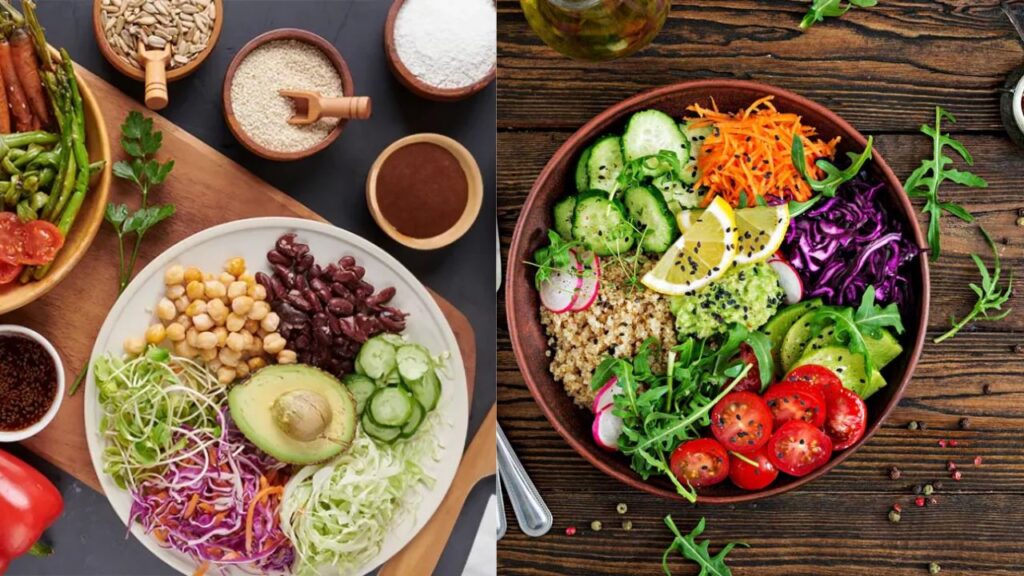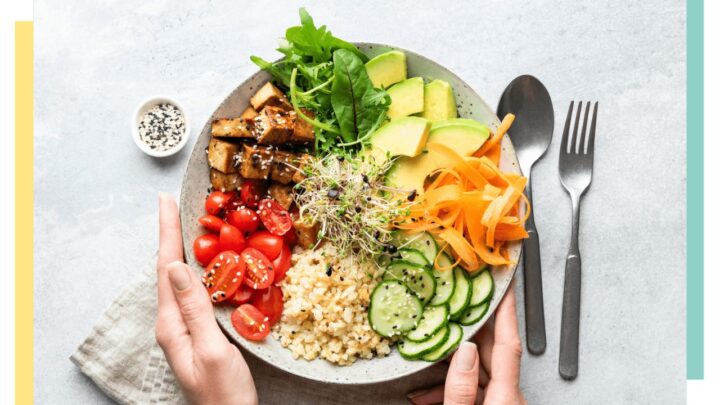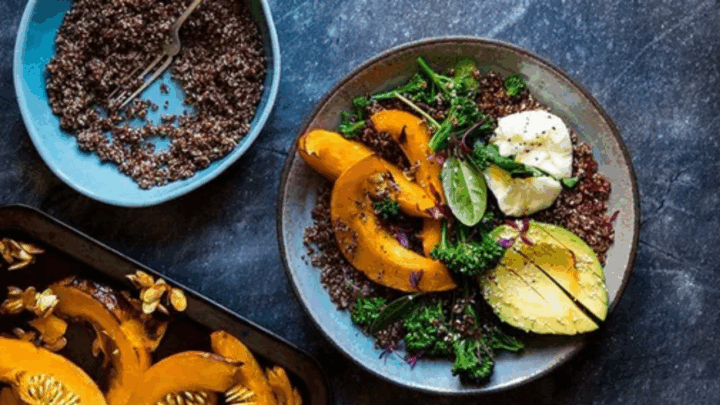7-Day Low-Sugar Vegetarian Diet Plan – This easy-to-follow meal plan helps you enjoy delicious food while keeping your sugar intake low. With a perfect mix of vegetables, proteins, and whole grains, it supports steady energy, better digestion, and lasting fullness throughout the day.

Why a Low-Sugar Vegetarian Diet Works
A low-sugar vegetarian diet focuses on whole, unprocessed foods that stabilize blood sugar levels and reduce cravings. By including plenty of fiber-rich vegetables, healthy fats, and plant-based proteins, you can enjoy tasty meals without energy crashes. This diet also improves mood and boosts metabolism naturally. It helps lower the risk of diabetes and heart issues while promoting healthy weight management. When followed correctly, it can keep you full, fit, and satisfied every single day.
7-Day Vegetarian Meal Plan Overview
Here’s a structured plan that balances nutrients and flavors. Each day combines protein-packed legumes, fresh produce, and low-GI carbohydrates for steady energy. It’s simple, flexible, and ideal for both beginners and experienced healthy eaters. The key is to stay consistent and enjoy mindful portions. You can swap similar ingredients based on availability but try to keep added sugar minimal. Pair your meals with water, herbal tea, or infused drinks for the best results.
Daily Meal Breakdown and Options
Below is an easy reference table to plan your meals throughout the week. Each meal focuses on maintaining balanced nutrition with low sugar content and high fiber to keep you fuller longer.
| Day | Breakfast | Lunch | Dinner |
|---|---|---|---|
| Monday | Oats with chia seeds and berries | Quinoa salad with chickpeas | Grilled paneer with vegetables |
| Tuesday | Green smoothie with spinach | Lentil soup with whole wheat bread | Mixed veggie stir-fry |
| Wednesday | Avocado toast with seeds | Tofu and brown rice bowl | Stuffed bell peppers |
| Thursday | Greek yogurt with nuts | Vegetable curry with millet | Spinach and tofu wraps |
| Friday | Poha with peanuts | Bean salad with olive oil | Vegetable stew with lentils |
| Saturday | Scrambled tofu with veggies | Whole-grain pasta with broccoli | Vegetable soup and salad |
| Sunday | Fruit bowl with oats | Grilled corn and chickpea salad | Paneer tikka with roti |
Step-by-Step Guide to Following the Plan
- Step 1: Plan Your Meals Ahead
Spend a few minutes each weekend planning your meals and grocery list. Prepping ingredients like chopped veggies or soaked beans makes weekday cooking faster and stress-free.
- Step 2: Focus on Whole Foods
Choose unprocessed items like fresh produce, whole grains, and legumes. These provide natural sweetness and help avoid the sugar spikes common in packaged meals.

- Step 3: Maintain Balanced Portions
Keep a healthy mix of carbs, fats, and proteins on your plate. A palm-sized portion of protein, one cup of grains, and two cups of vegetables make an ideal balance.
- Step 4: Stay Hydrated and Active
Drink plenty of water throughout the day to support digestion and energy. Combine your diet with 20–30 minutes of physical activity for better results.
- Step 5: Adjust Based on Energy Levels
Listen to your body. If you feel sluggish, include more complex carbs or healthy fats. If bloated, reduce salt and increase fiber intake naturally.

Extra Tips for Success
- Use spices like cinnamon and cardamom for natural sweetness.
- Read food labels carefully to spot hidden sugars.
- Prepare snacks like roasted chickpeas or mixed nuts.
- Eat slowly and mindfully to avoid overeating.
- Keep healthy substitutes like almond butter and dates handy.
FAQs
Can I follow this plan if I’m diabetic?
Yes, this plan is suitable for most diabetics as it’s based on low-GI foods that keep blood sugar stable. However, always consult your doctor first.
Is fruit allowed in a low-sugar diet?
Yes, but choose low-sugar fruits like berries, apples, and pears instead of bananas or mangoes. Moderation is key.
How much water should I drink daily?
Aim for at least 8–10 glasses of water per day, more if you exercise regularly or live in a hot climate.
Can I replace dairy products?
Absolutely! You can use soy, almond, or oat milk instead of regular dairy to keep it fully vegan.
Stay consistent and kind to yourself — every small change counts. This 7-day vegetarian meal plan is not about perfection but progress. Keep experimenting, enjoy your food, and celebrate how good it feels to eat clean and stay energized!




